Tiling Halifax Murphy's Blog
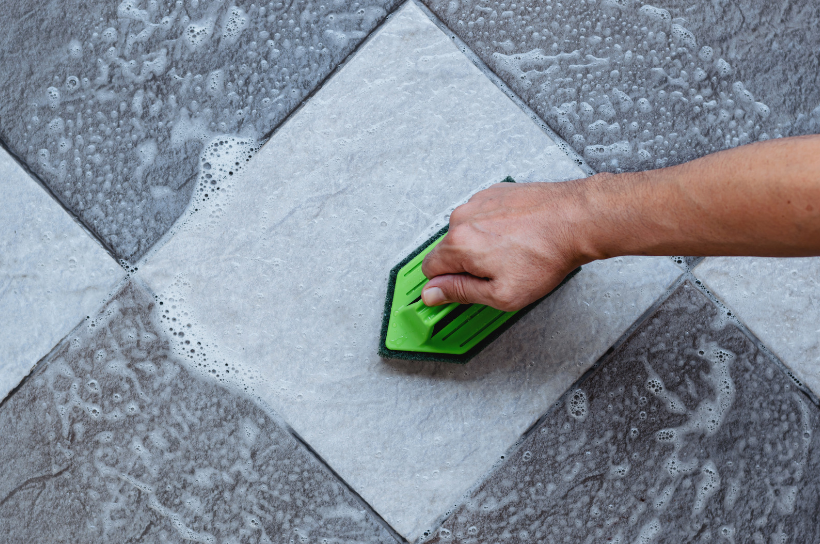
Nestled on the rugged shores of the Atlantic Ocean, Halifax, Nova Scotia, boasts a unique coastal environment that attracts residents and visitors alike. However, the salty sea air and high humidity levels pose challenges for maintaining tile surfaces in homes throughout the region. Whether you have a tiled floor, backsplash, or shower, proper maintenance is essential to keep your tiles looking pristine in Halifax's coastal climate. Here are some expert tips to help you protect and preserve your tiles: Regular Cleaning Routine Start with a simple yet effective cleaning routine to keep your tiles free from dirt, grime, and salt residue. Sweep or vacuum tiled floors regularly to remove loose debris, especially in high-traffic areas that are prone to accumulation. For tiled walls and backsplashes, wipe down surfaces with a damp cloth or sponge and a mild detergent solution. Avoid abrasive cleaners that can scratch or damage tile surfaces, particularly in our harsh coastal environment. Sealant Protection Invest in a high-quality sealant to protect your tiles from moisture, stains, and saltwater exposure. Sealant helps create a protective barrier that repels water and prevents it from seeping into the porous surface of the tiles. Apply sealant according to the manufacturer's instructions, focusing on grout lines and areas prone to moisture penetration, such as shower walls and kitchen backsplashes. Reapply sealant periodically, especially in high-traffic areas or outdoor tile installations that are exposed to the elements. Grout Maintenance Don't overlook the importance of grout maintenance in preserving the integrity of your tiled surfaces. Halifax's coastal climate can cause grout to deteriorate over time, leading to discoloration, cracking, and water damage. Inspect grout lines regularly for signs of wear and tear, and repair any cracks or gaps promptly to prevent moisture intrusion. Consider applying a grout sealer to protect grout from staining and mildew growth, particularly in areas exposed to water and humidity. Avoid Harsh Chemicals Steer clear of harsh chemicals and acidic cleaners when caring for your tiles, as they can damage the surface and degrade sealant over time. Instead, opt for gentle, pH-neutral cleaning products that are safe for use on tile and grout. Vinegar, lemon juice, and ammonia-based cleaners can erode sealant and etch the surface of tiles, particularly in coastal environments where saltwater exposure is prevalent. Stick to mild detergents and cleaners recommended by tile manufacturers for best results. Preventative Measures Take proactive measures to prevent damage to your tiles and grout in our coastal climate. Place doormats at entryways to trap dirt and moisture before it reaches tiled floors. Use coasters and trivets to protect tiled surfaces from hot pots, pans, and dishes in the kitchen. Install splash guards and waterproof membranes in wet areas like showers and bathtubs to prevent water from seeping behind tiles and causing mold or mildew growth. By taking preventative steps, you can increase the lifespan of your tiles and minimize the need for extensive repairs. Professional Maintenance When in doubt, seek professional maintenance services to ensure your tiles receive the care they need to withstand Halifax's coastal environment. Professional tile cleaners and restoration specialists have the expertise and equipment to deep clean, seal, and repair tiled surfaces effectively. Schedule regular maintenance appointments to keep your tiles in top condition and address any issues before they escalate. In Halifax, NS's coastal environment, proper tile maintenance is essential to protect your investment and preserve the beauty of your home's surfaces. By following these expert tips, you can keep your tiles looking like new and enjoy their durability and aesthetic appeal for years to come.
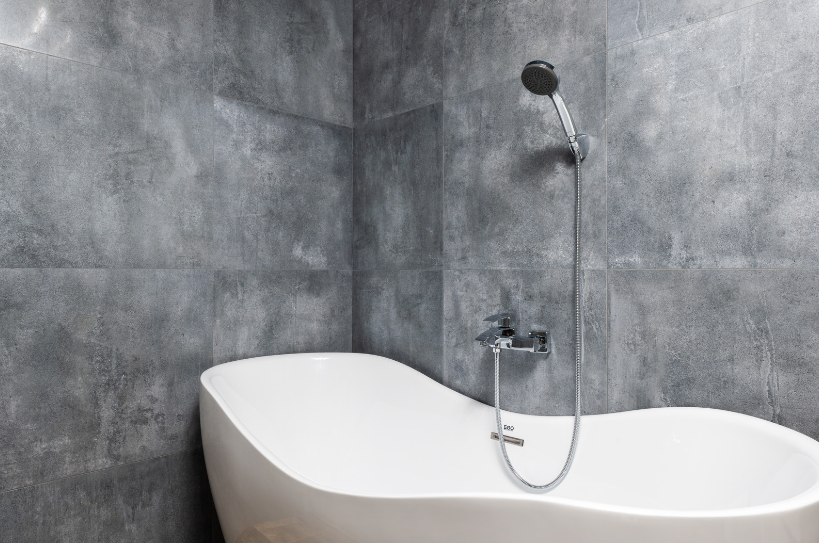
When it comes to bathroom design, tiles play a pivotal role in defining the overall ambiance. Over the years, bathroom tile design has undergone a remarkable evolution, reflecting changing tastes, advancements in technology, and a growing emphasis on both functionality and aesthetics. In this blog post, we'll delve into some of the prominent trends shaping the world of bathroom tile design today. Large Format Tiles One of the most significant trends in recent years is the preference for large-format tiles. These tiles, typically measuring 12x24 inches or larger, create a seamless look with fewer grout lines, giving the bathroom a spacious and contemporary feel. Large-format tiles are particularly popular for shower walls and bathroom floors, where they contribute to a clean and sophisticated aesthetic. Natural Materials As homeowners gravitate towards more organic and sustainable design elements, natural materials like marble, travertine, and slate have seen a resurgence in popularity. These materials lend a timeless elegance to the bathroom while adding warmth and texture. From luxurious marble showers to rustic stone floors, the use of natural materials brings a sense of authenticity and refinement to any bathroom space. Bold Patterns and Colors While neutral tones like white, gray, and beige remain popular choices for bathroom tiles, there's a growing appetite for bold patterns and vibrant colors. Geometric designs, intricate mosaics, and colorful encaustic tiles are increasingly being used to add personality and visual interest to bathrooms. Whether it's a statement wall behind the vanity or a playful mosaic floor, bold tiles can transform a mundane bathroom into a design showcase. Texture Play Texture is another element that's gaining traction in bathroom tile design. From matte finishes to textured surfaces like ribbed or 3D tiles, incorporating different textures adds depth and dimension to the space. Textured tiles not only enhance the visual appeal but also provide tactile interest, making the bathroom experience more sensory and immersive. Mixed Materials Mixing different tile materials and finishes is a trend that's pushing the boundaries of traditional bathroom design. Combining materials like glass, metal, ceramic, and porcelain allows for endless creative possibilities. For instance, pairing glossy subway tiles with metallic accents or incorporating glass mosaic borders into a marble shower creates a dynamic interplay of textures and colors, elevating the overall design aesthetic. Smart Tiles With the rise of smart technology in the home, even bathroom tiles are getting an upgrade. Smart tiles embedded with LED lights, temperature sensors, and even touchscreen displays are revolutionizing the way we interact with our bathroom environment. These innovative tiles not only add a futuristic flair to the space but also offer practical benefits such as energy efficiency and convenience. The world of bathroom tile design is constantly evolving, driven by a desire for both functionality and style. From the timeless elegance of natural materials to the bold experimentation with patterns and textures, today's bathrooms are becoming more personalized and expressive than ever before. Whether you prefer the understated sophistication of large-format marble tiles or the playful charm of colorful mosaics, there's a tile trend to suit every taste and aesthetic preference. Ultimately, the key lies in finding the perfect balance between form and function to create a bathroom that not only looks stunning but also enhances the daily experience of relaxation and rejuvenation.
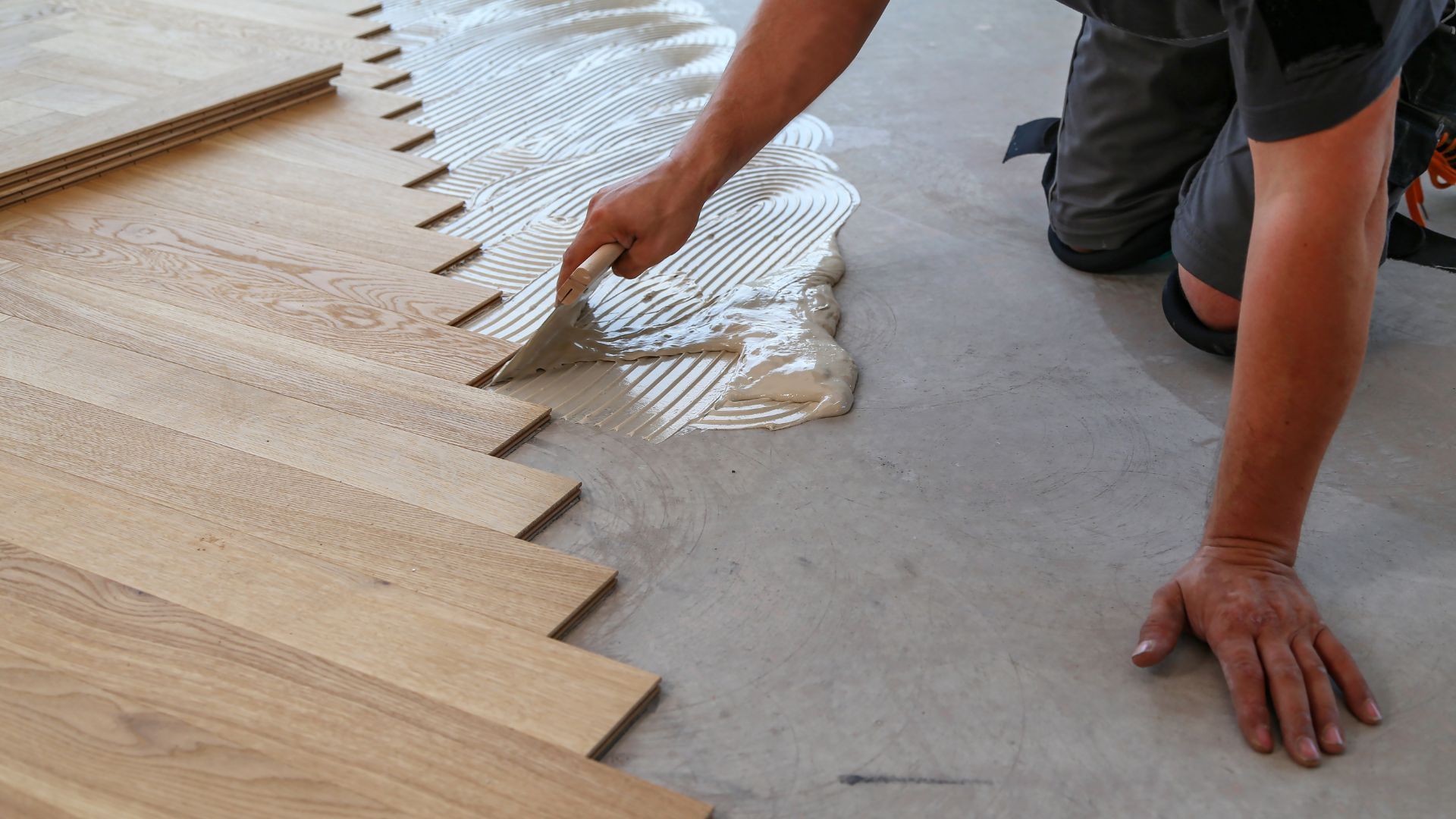
If you are considering r eplacing the flooring in your home or business, one of the first steps you should take is to set a budget. Knowing how much you have available to spend is fairly simple - just look at your bank account and paychecks. But is what you have enough to be able to replace your floor? Can you afford some types of flooring, but not others? How much does it cost to have a floor installed, anyways? Unfortunately for budgeting purposes, there is no easy answer to this question. Material and installation costs vary widely depending on the material selected, the size of your space, the location of the installation, and the complexity of the project. Most flooring materials and basic installation services are sold by the square foot, so you’ll first want to calculate the area of the room(s) where the new floor will be installed. You can then multiply this area by one of the following average costs to get an estimated price range for your project. Hardwood Flooring Hardwood is one of the more expensive flooring materials available, and when compared to options like laminate or vinyl, it also takes a little extra time and skill to install. Hardwood flooring generally costs between $8 and $14 per square foot for material and installation. If you choose a particularly expensive wood species or finish, you might be looking at a little more, however - some high-end and designer options can cost over $14 per square foot for the materials alone! Vinyl and Laminate Flooring With similar material costs and similar installation processes, vinyl and laminate have very similar costs. You can generally expect to pay between $3 and $8 per square foot for materials and labor for a vinyl or laminate floor. Just like with hardwood, please note that some luxury vinyl planks can cost this much or more for just materials! Carpet Flooring Carpet is one of the least expensive flooring types to install - it typically costs between $2 and $6 per square foot. It also usually wears out faster than other flooring types, however, so if you choose a carpet floor, choose it for its warmth and comfort, not its lower up-front cost! Tile Flooring With so many tile options to choose from, it is difficult to give a useful average cost for tile floors. Easy installations of inexpensive tile can cost as little as $8 per square foot, while a complicated installation of high-end tile can cost over $25 per square foot! These costs are a rough guide to help you determine what type of flooring might be best for your budget. Keep them in the back of your mind as you browse for the perfect flooring for your space. When you have a good idea of the flooring type you want, give us a call for a personalized estimate for your chosen flooring and your property. While replacing your floor can be as expensive as you want it to be, our quotes are always free!
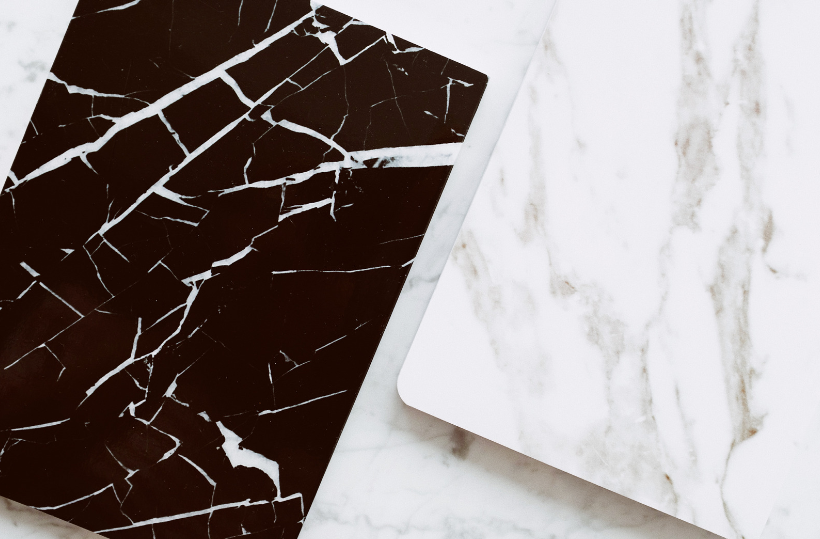
Halifax, Nova Scotia, boasts a unique climate characterized by its maritime influence, with relatively mild winters and moderate summers. However, its proximity to the Atlantic Ocean creates challenges in selecting suitable tiling materials for homes and businesses. The city's weather patterns, including high humidity, frequent rain, and occasional snowfall, demand durable and weather-resistant tiling solutions. In this guide, we will explore the most important factors to consider when choosing tiling materials tailored to Halifax's climate. Moisture Resistance Halifax's climate is marked by high levels of humidity and precipitation throughout the year. Therefore, tiling materials must possess excellent moisture resistance to withstand moisture penetration and prevent mold and mildew growth. Porcelain and ceramic tiles are popular choices due to their non-porous nature, making them highly resistant to water damage. Additionally, natural stone tiles such as granite and slate, when properly sealed, can also offer robust moisture resistance. Freeze-Thaw Resistance Halifax experiences freeze-thaw cycles during the winter months, which pose a significant challenge for outdoor tiling materials. Porous materials like unglazed ceramic tiles may absorb water, leading to cracks and damage when subjected to freezing temperatures. Opting for frost-resistant porcelain tiles or natural stone varieties with low water absorption rates can mitigate the risks associated with freeze-thaw cycles, ensuring the longevity of outdoor tile installations. Durability Durability is paramount when selecting tiling materials for Halifax's climate, where fluctuating weather conditions can take a toll on buildings' exteriors and interiors. Tiles made from high-quality materials such as porcelain, ceramic, and certain types of natural stone exhibit exceptional durability and resistance to wear and tear. They can withstand heavy foot traffic, UV exposure, and temperature fluctuations, making them ideal choices for both residential and commercial applications in Halifax. Traction and Slip Resistance Halifax's wet and icy conditions during the winter months necessitate the use of tiling materials with adequate traction and slip resistance, especially for outdoor spaces such as patios, walkways, and pool decks. Textured porcelain tiles and certain natural stone varieties offer enhanced grip, reducing the risk of slips and falls in slippery conditions. It's essential to prioritize safety by selecting tiling materials that meet industry standards for slip resistance, particularly in high-traffic areas. Aesthetic Appeal While functionality and durability are crucial considerations, aesthetic appeal also plays a significant role in selecting tiling materials. Homeowners and designers can choose from a diverse range of colors, patterns, and textures to complement the architectural style and their own personal design preferences. Porcelain tiles can mimic the look of natural materials like wood and stone, offering versatility and visual interest. Natural stone tiles, with their unique veining and textures, add a touch of elegance and sophistication to indoor and outdoor spaces. Choosing the right tiling materials for Halifax's climate requires careful consideration of factors such as moisture resistance, freeze-thaw resistance, durability, traction, slip resistance, and aesthetic appeal. By selecting high-quality materials that can withstand the city's weather extremes, homeowners and builders can ensure long-lasting and visually appealing tile installations. Whether renovating an existing space or starting a new construction project, investing in weather-resistant tiling materials is essential for maintaining the beauty and integrity of properties in Halifax. Once you have chosen the perfect tiles, the next (equally important) step is choosing a professional installer who understands Halifax's climate and its requirements. Even the best tiles won't last long if they are installed poorly or with improper grout and adhesives. Call our experts today for a free quote on professional installation and finish your project with the same care you used in selecting your tiles!
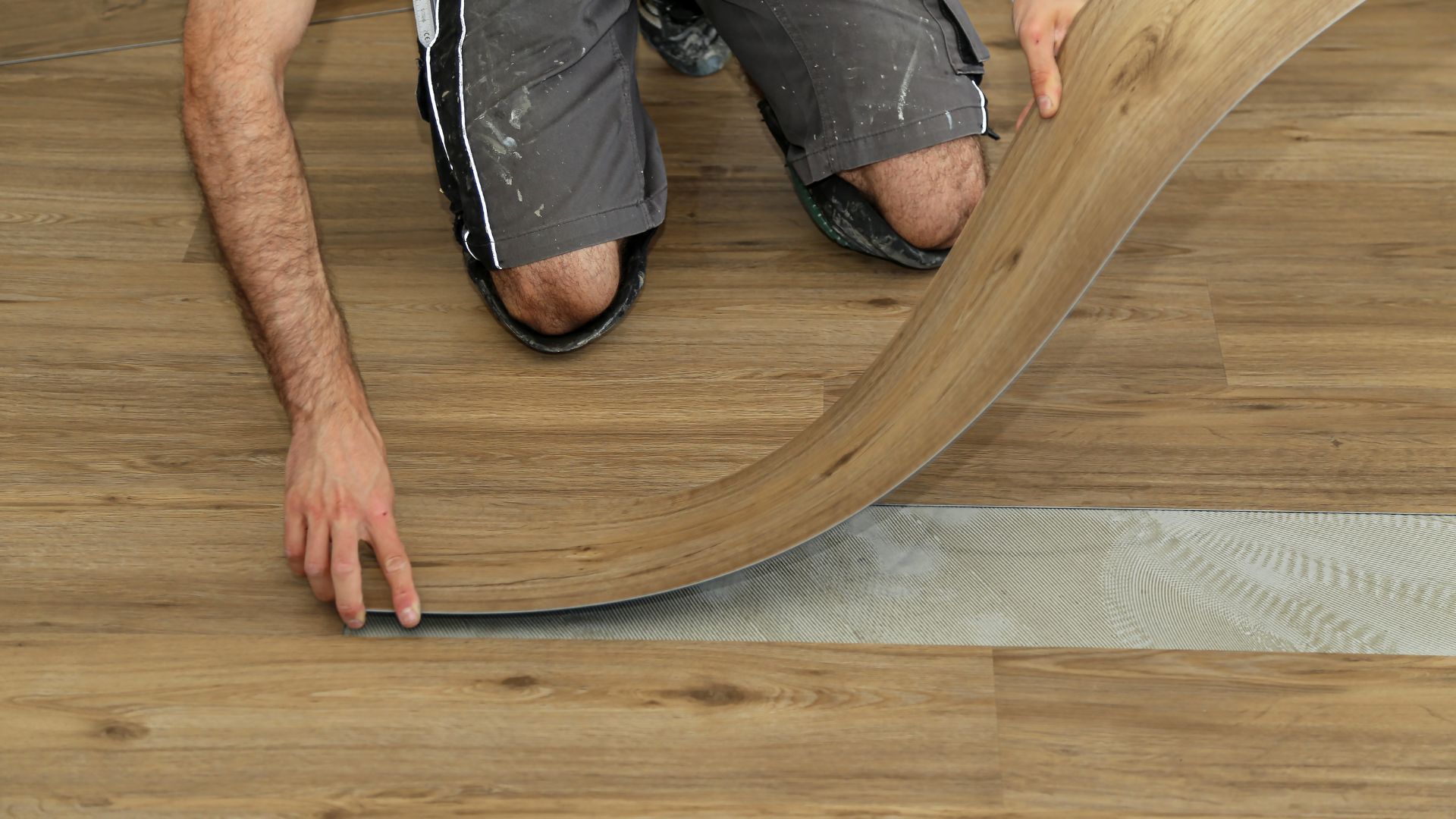
Vinyl flooring and laminate flooring have many similarities - they are more similar than they are different, in fact. Both are durable and easy to maintain, they cost about the same amount, they are installed in much the same way, and they often even look very similar. There are differences between the two, however - one major difference and several minor ones. If you are comparing these two flooring types, here are a few things to keep in mind: Water Resistance The biggest difference between vinyl flooring and laminate flooring is that vinyl is very resistant to water damage. Laminate is not. This means that while vinyl can be installed anywhere in your home, laminate is not recommended for moisture-prone areas like bathrooms, kitchens, and utility rooms. Laminate does have a water resistant top layer, so small spills won’t harm it as long as they are cleaned up quickly. If water gets underneath a laminate floor or seeps through its seams, however, it will likely have to be replaced. Appearance Vinyl and laminate often look very similar. If you are trying to mimic solid hardwood, laminate might be a slightly better choice - laminate generally looks more realistic than vinyl. It can also very closely resemble stone flooring. The color and style choices are generally more limited with laminate, however. If you want something a little out of the ordinary (or just beyond the standard colors of wood flooring), vinyl might be the way to go. Durability Both vinyl and laminate flooring are fairly durable, especially if you choose a higher-quality option. Laminate, like solid hardwood, is prone to scratching. Unlike a solid hardwood floor, laminate cannot be sanded down and refinished. If serious scratching occurs, you’ll have to replace that section of the floor. Vinyl stands up better to everyday wear and tear, and minor scratches or chips can be repaired with wax. Aside from major damage, a top-quality option of either flooring type will last you a couple decades. If you keep your laminate flooring dry and don’t drag heavy furniture across it, there is little difference in the durability and longevity of vinyl and laminate floors. Cost Lower and average quality vinyl floors cost almost exactly the same as lower and average quality laminate floors. Both options are less expensive than solid hardwood or tile. When you start looking at high-end options, however, vinyl can quickly become more expensive than laminate. Such vinyls will also last longer since they are thicker and tougher than lower quality options, so you can expect to recoup most of your extra cost over time. A top-quality laminate floor will cost less than a top-quality vinyl floor, but may also need to be replaced sooner. Whichever option you choose, proper installation is essential to the durability and longevity of your new floor. Once you have weighed the pros and cons of vinyl and laminate flooring, call our expert installers to ensure that your new floor is as beautiful and sturdy as it can be!
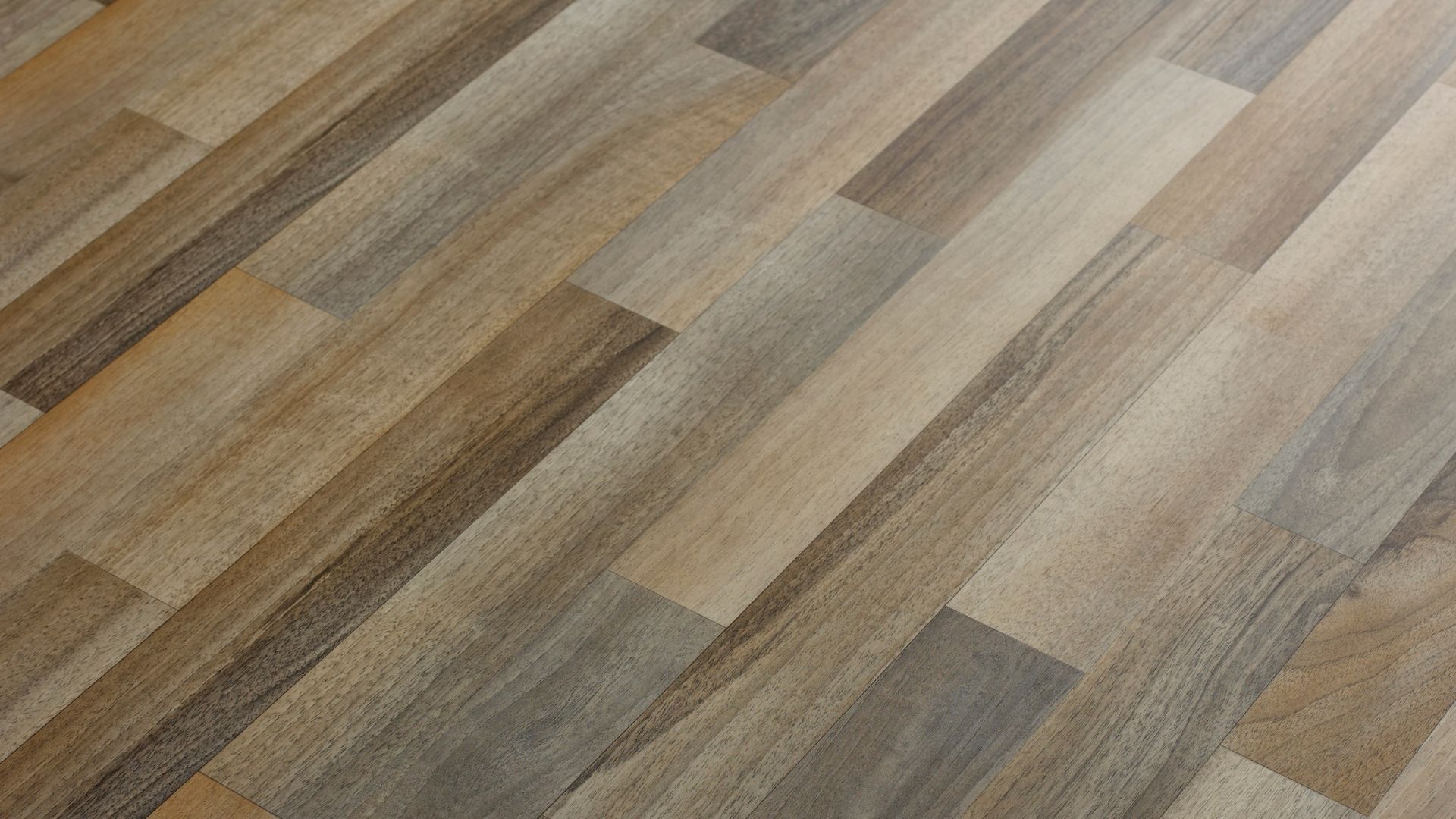
When discussing flooring options with our clients, we often hear questions like “Why would anyone want hardwood floors when laminate looks just like wood, lasts longer, and requires less care?” Given the much higher price tag of hardwood when compared to laminate, these clients have a genuine reason to be confused. In this article, we will attempt to clarify some misconceptions about the similarities between laminate and hardwood. Laminate Looks Just Like Wood This is true from a distance. The more closely you inspect laminate flooring, however, the less it looks like real wood. While today’s laminates have come a long way in their imitation of solid hardwood, laminate planks still have repeating patterns and less than convincing surface texture. If you want a true hardwood look, only hardwood can provide it. Laminate can give you the same general appearance, but it will never truly fool anyone after the first glance. Laminate Lasts Longer than Hardwood If you are referring to the longevity of its surface, this statement is correct. If you take into account the entire floor, however, it is simply not true. Solid hardwood floors need to be refinished every eight to ten years to restore the color and shine of their surface. Unless your property experiences flooding, however, you will likely never have to replace them. Hardwood flooring’s ability to be resurfaced and repaired over and over gives it one of the longest lifespans of any flooring type - over a century in most cases! Laminate, on the other hand, will never need to be resurfaced, but you will have to replace it in 15 to 25 years. Laminate Requires Less Care than Hardwood The hardwood floors that were installed 100 years ago absolutely required more care than today’s laminate. They had to be regularly waxed and polished to maintain their shine. Today’s hardwood does not require this type of upkeep, however. Modern laminate floors and modern hardwood floors require exactly the same amount and types of routine care - sweeping and dust mopping. When choosing between laminate and solid hardwood flooring, the best choice comes down to your personal preferences. How important is an authentic wood look to you? Are you willing and able to invest more money in your floor today knowing that you will recoup the extra cost in the long run, or would you rather spend less today knowing that you will have to replace the floor at some point in the future? Ultimately, cost is usually the biggest deciding factor between these two flooring types. Those who can afford hardwood will often choose it - even if they plan to sell the property before laminate would need to be replaced, hardwood increases the property’s value much more than laminate does. Those who cannot or do not want to pay for hardwood can still get a great-looking, durable, and easy to maintain laminate floor for a fraction of the cost. Whichever option you choose, remember to call the experts at Tiling Halifax for a great price on professional installation!

If you rent your home or business space, you know that there are often gray areas when it comes to who is responsible for paying for repairs and maintenance. Rental contracts usually use phrases like “routine maintenance is the responsibility of the tenant”. While this makes it clear to most people that the landlord is not going to come sweep and mop the kitchen every week, some tasks are not so obvious. Carpet cleaning can be one such task. It’s not something that most people consider “routine” because they don’t do it weekly or even monthly. In a residential setting, carpets generally need to be cleaned once a year at most. But carpet cleaning isn’t a repair that is necessary for maintaining the value and livability of the property either. So who should pay for it? Unfortunately, most landlords consider carpet cleaning to be the responsibility of the tenant. It is the tenants who dirty the carpet, not the landlord, so most landlords reason that the tenant should also clean the carpet. There are a few exceptions to this, of course. The first applies to carpet cleaning before a tenant moves into a property. When you view a property or do a walkthrough prior to moving in, pay attention to the condition of the carpets. If they seem dirty or are stained, you can absolutely ask to have them cleaned before you move in. Just be sure to ask before you sign the lease - the landlord can always refuse, so you want to be able to back out of the lease if this is important to you! Another situation in which a landlord might pay for carpet cleaning is when there is construction work being done on the property. If contractors are coming in and out of the home or business space, the carpets are likely to get dirty. Assuming the construction work was not requested by or caused by the tenant, it is entirely reasonable for the tenant to ask the landlord to deep clean the property after the work is complete. Whenever possible, discuss clean-up with your landlord before the construction work begins; if everyone is on the same page from the beginning, no one is surprised or disappointed by the end result. Even if neither of these situations applies to you, it never hurts to ask! Some landlords are willing to take extra steps to maintain their property’s appearance or to keep their tenants happy. If you are a great, long-term tennant, they might just do it out of goodwill and appreciation! If your landlord will not pay for carpet cleaning, remember that it is never a violation of your lease to have the carpets cleaned at your own expense. Clean carpets contribute to a healthy environment, and no landlord can force you to live in a dirty home. Ask your landlord if they are willing to provide this service, but if they aren’t, don’t hesitate to take care of it yourself!
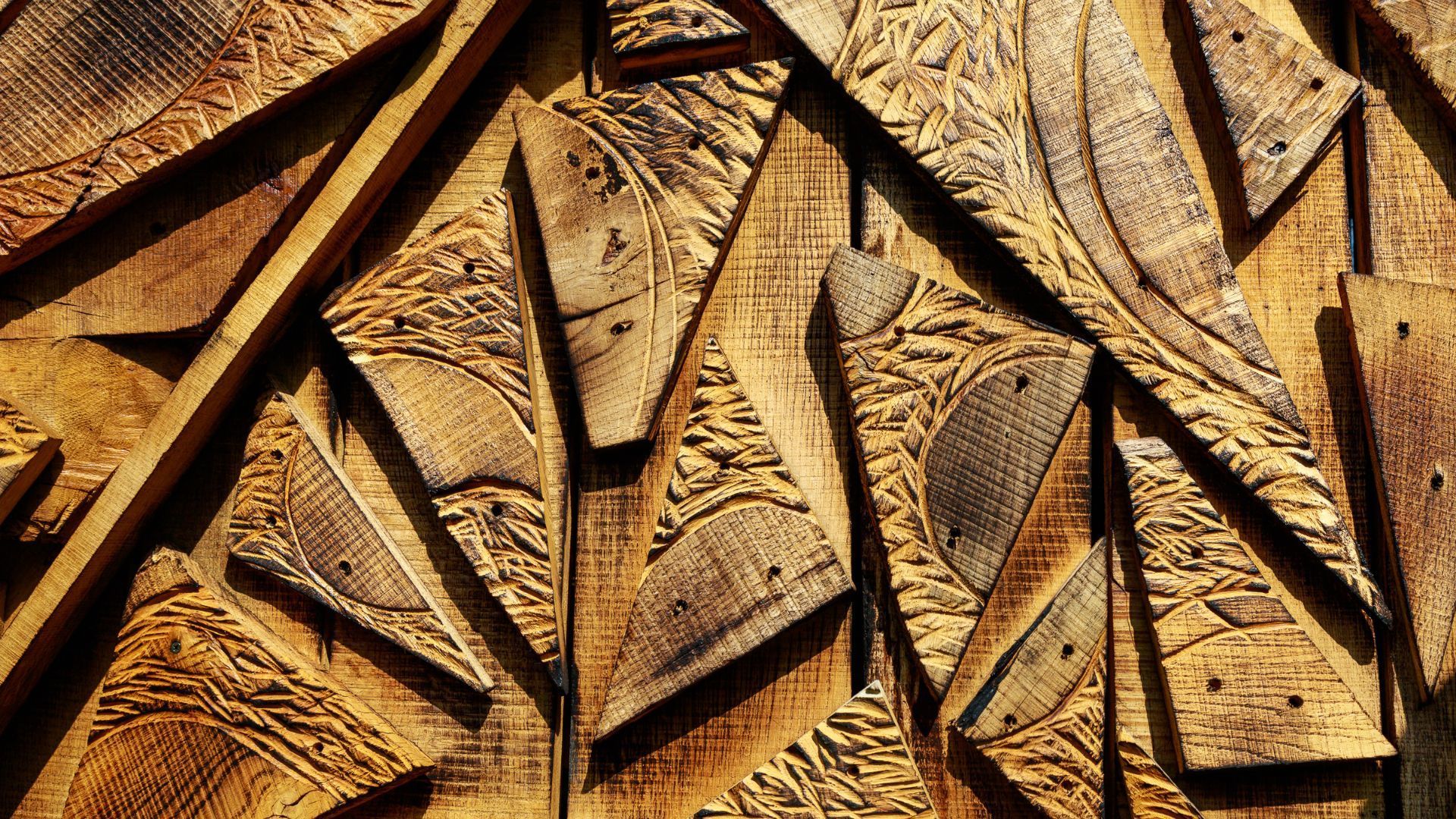
If you are considering the installation of a new wood flooring system in your space, you might have a lot of questions regarding the best steps and practices. One of the most common questions asked during a solid wood flooring installation is whether or not an underlay is required. Although underlay is not explicitly required with solid wood flooring, there are a number of benefits that come from setting a foundation before wood flooring installation. The following benefits are just a few you should consider when deciding whether to include underlay with a wood floor. Added Moisture Barrier When it comes to wood flooring, water can pose one of the most serious risks for damaging the wood material. When wood is exposed to water or humidity, it risks damage from warping, cracking, and rotting. By including an underlay, a thin layer will be provided to offer a barrier between the wood flooring planks and water that can rise from below. It is always a good idea to add a layer between wood flooring and any foundation that has a risk of moisture. Increase Insulation Although there are many benefits to a solid wood flooring system, one of the downfalls is that the wood can get quite cold in certain months. Because wood floors often absorb the cool temperatures from the foundation underneath, an underlay can be an excellent way to provide a barrier between each material. This underlay can not only keep the cold away, but it can also lock in the heat from your home that is exposed to wood flooring. Improved Cushioning One of the key benefits to adding an underlay under a solid wood flooring system is the increased feel of cushioning when walking. Although solid wood floors are durable and strong by nature, the added underlay offers more support to joints and feet when the wood floors are frequently walked on. The underlay allows the wood to move with the walking motion, absorbing a lot of the movement that would otherwise feel harsh without an underlay. Heightened Support Because wood is a material that naturally expands and contracts with varying temperatures, an underlay can act as an important feature for offering stability and support. With an underlay, the wood floor is less likely to warp with a base that it can attach to. Installing an underlay beneath the wood floor can also increase its longevity and create a more durable flooring system, compared to if the solid wood was floating above the foundation. Although an underlay is not absolutely required with a solid wood flooring installation, it has a number of benefits that should be highly considered when making the decision. As an added layer of protection and support, the underlay is a popular choice for many who choose a solid wood following system. Most experts would recommend an underlay in addition to a solid wood floo r due to the increased functionality and longevity that it offers.
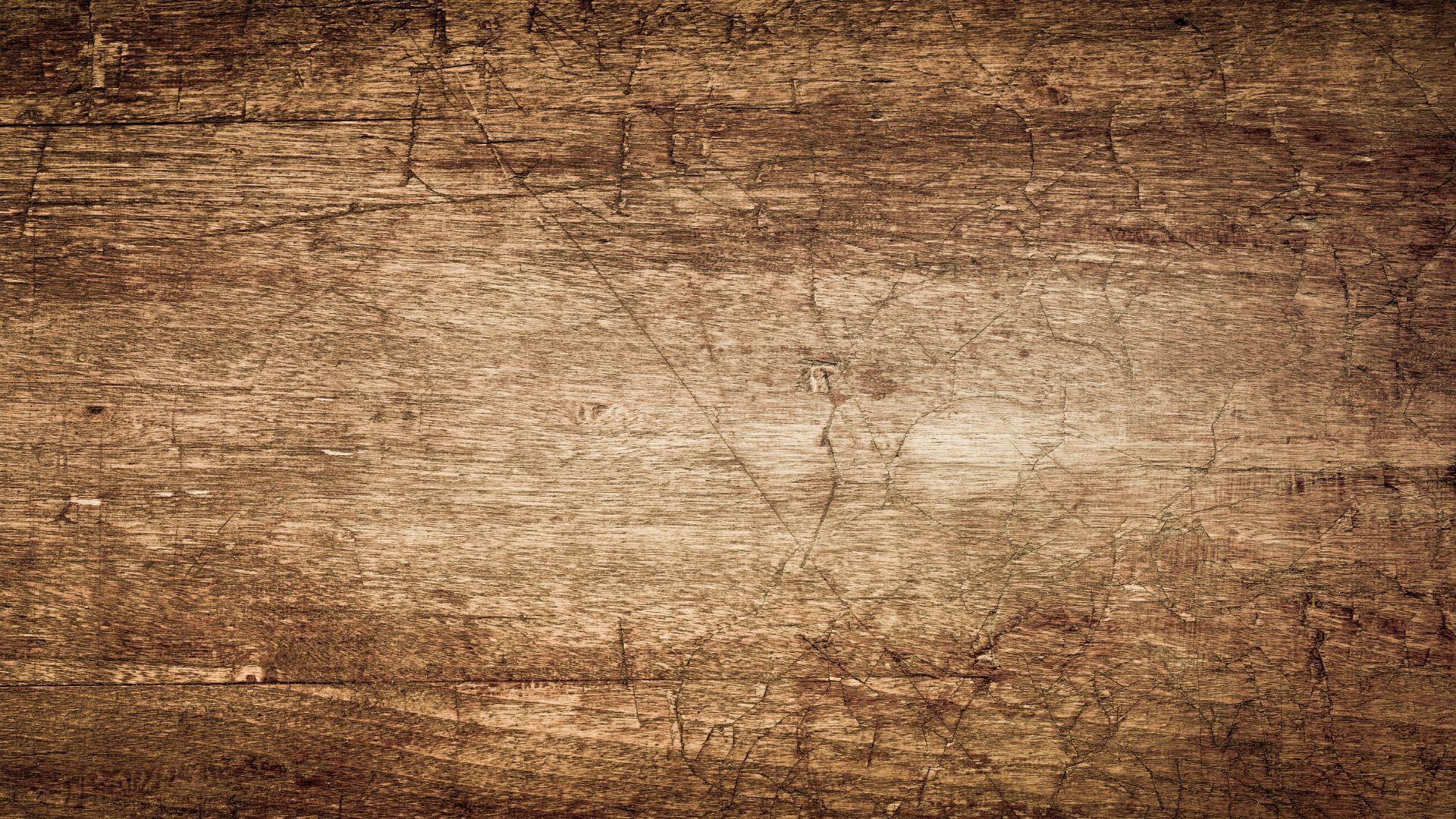
Rustic design styles began not as a trend but as a necessity - rural settlers could not import construction materials and had to use whatever was available to build their homes. While the accessibility of modern construction materials has greatly improved over the last couple centuries, the appeal of rustic interior design remains unchanged. Today, achieving a rustic style generally involves using imperfect materials to create one-of-a-kind furniture, fixtures, flooring, and more. Handcrafted designs make the style even more authentic! Wood is the primary material used in rustic designs due to its natural imperfections and versatility. Based on the definition and history of rustic design, yes! Pallet wood is an ideal material for rustic wood flooring. Not only is it full of natural imperfections, it is also a project that you can do yourself with a little know-how. Before you start tearing out your old floor and collecting pallets, however, there are a few things to keep in mind. Not all pallets are suitable for flooring Pallets are used to transport all types of goods - including toxic chemicals and raw meat. These items can leave harmful stains or bacteria in the pallet, so it is best to avoid such pallets. You also don’t want pallets that have been stored in damp conditions - while they may have dried on the outside, there could be mold and mildew growing inside them. Try to choose pallets that have either a local country stamp or no national identifier at all - no identifier means they were manufactured and used in only one country. You should avoid any pallet stamped with “MB” - this indicates that the pallet was treated with methyl bromide, which is very toxic. You are going to need a lot of (suitable) pallets If you are buying pallets to use for flooring, this isn’t a big deal. If you plan to collect them for free from local stores, however, expect it to take you at least a couple months to acquire enough wood to create a floor for an average sized room. A normal pallet will provide enough wood for just a few square feet of flooring. This means that if you are going to install a pallet floor in a 12’ x 18’ family room, you will need over 100 pallets! Pallet preparation takes time Once you find a quality pallet, the real work begins. Each pallet will need to be disassembled, cleaned, double-checked for damage or infestations, sanded, then cleaned again. Once all the boards are ready, they can be cut and arranged however you desire. Then it is finally time to start installing your new floor! A pallet wood floor requires a significant investment of time, but it will reward you with a durable and unique floor that will last for decades. If you ever feel like you are in over your head with your pallet flooring project, don’t hesitate to call the flooring experts at Tiling Halifax . We are here to help with all your flooring needs, no matter how unique!
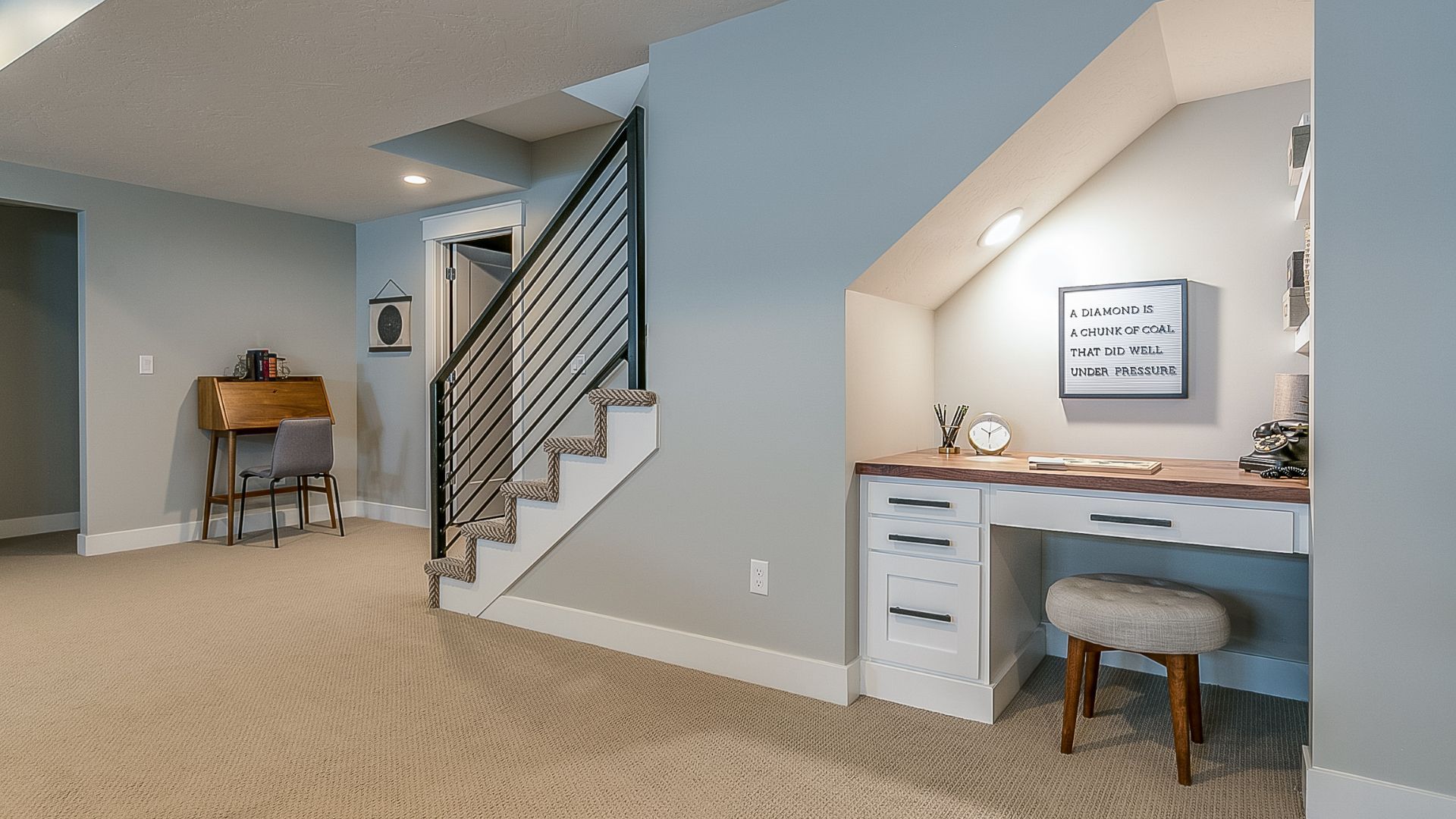
Basement renovations are a great way to add extra living space to your home, but you have to be careful to do them right. Because basements are below ground, ground water seeping in through the walls and floor is a constant concern. You want to be sure that everything in your basement - especially the flooring - can withstand a little moisture. Solid hardwood is one of the least moisture resistant flooring types available. It is made of natural wood, so it will absorb even small amounts of water then expand, contract, warp, and split. While vapor barriers are available (and are highly recommended, as we’ll discuss below), even a vapor barrier isn’t a guarantee that your flooring will stay dry. Because some moisture is unavoidable, we generally only recommend installing water-resistant flooring in basements. Options like tile or vinyl plank flooring will not be damaged if the concrete beneath them gets wet. Even if the adhesives used to secure them come loose, the flooring itself will be completely unharmed - you just have to glue it back in place. Vinyl can also imitate the appearance of hardwood to some extent - you’ll be able to tell the difference, but it will give the room a similar feel and you won’t have to worry about water damage. If the wood-like appearance of vinyl just doesn’t work with your vision for your basement, consider using laminate planks or engineered wood flooring. Laminate is made with a high-density fiber core, making it less prone to warping. The top layer of laminate is generally coated in plastic, meaning the appearance of your floor won’t change if it gets a little wet. The fiber core can still rot if it absorbs too much water from underneath, however. Engineered wood looks just like hardwood (except that the planks are usually a little wider). It is constructed much like laminate, however, so it has many of the same benefits as laminate. The lower layers of plywood are constructed in a way that makes them resistant to warping or cracking. As a bonus, both engineered wood and laminate can be installed as floating floors, making them able to accommodate radiant heating systems! Whatever type of flooring you choose for your basement, a vapor barrier can help reduce moisture seepage. Newer barriers like polyethylene also help prevent mold and mildew. Before laying flooring, be sure you know if and what kind of vapor barrier was used (if you didn’t install it yourself). Some adhesives don’t work well with certain kinds of vapor barriers! Basements are a blank canvas for designing a space that is uniquely yours, but there are some things you should steer clear of in a basement design. Solid hardwood flooring is one such item - it just isn’t worth the risk, especially since the price of hardwood is so high. If you would like personalized flooring advice or help selecting and installing a great looking and water-resistant floor in your basement, call our experts today!
